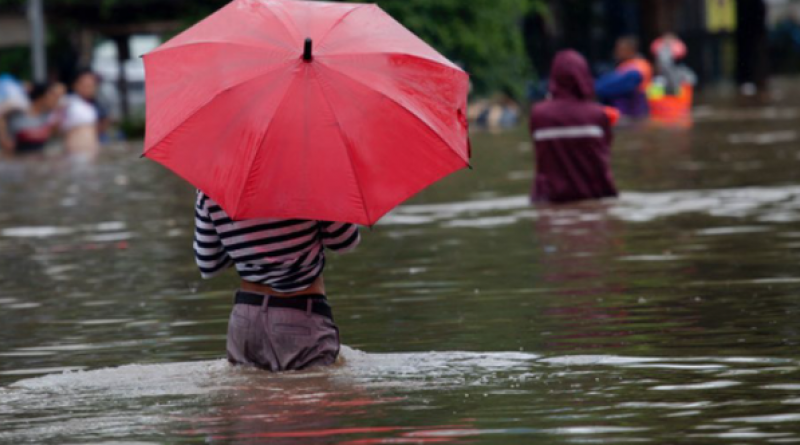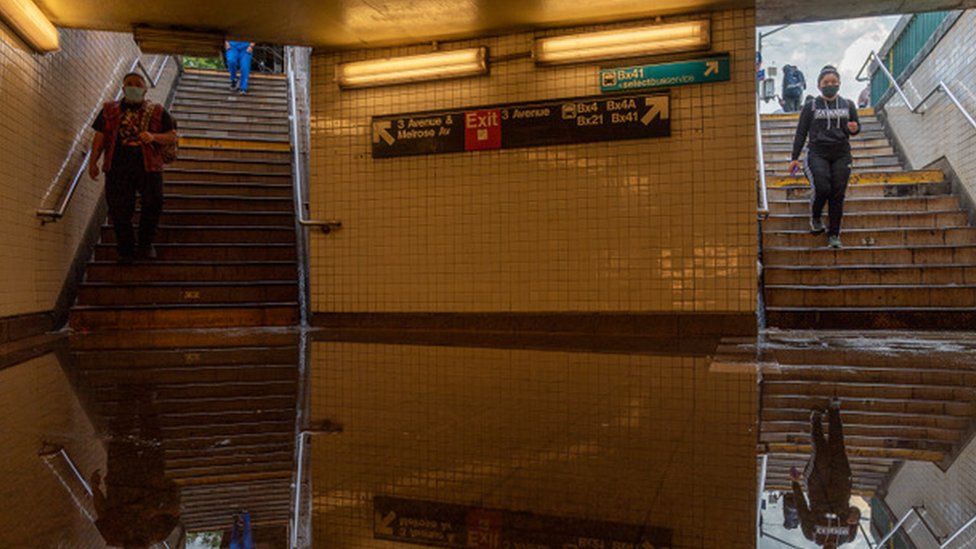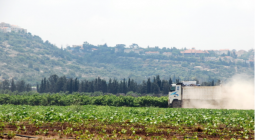Climate change: How technology is helping cities tackle climate disasters

The threats to our cities seem endless - from flash flooding to pollution, overcrowding to the risk of pandemics.
To help avert crises, many cities have invested in technology - the theory being that if you can see the scale of the problem, you can start to work out what to do about it.
So sensors measuring crowds, river levels and pollution have gradually become as much a part of our urban infrastructure as lampposts and traffic lights.
But despite the investment, we have seen significant flash flooding across the globe this year, including in cities such as London and New York. So does the technology work?
A so-called smart flood prevention system was in place in the Chinese city of Zhengzhou when rainstorms caused at least 302 deaths in July.
The platform, from Aerospace Shenzhou Smart System Technology Company, promised to allow authorities to monitor water levels in real time through sensors and intelligent analysis. It had access to meteorological and hydrological data.

Joined-up solutions
- Flood prevention systems should combine technology with better emergency planning systems
- Cities can't just rely on forecasts - knowing where drains are, for example, should allow for better emergency responses
- Modern mapping techniques can help cities know which areas to prioritise for investment
It is not clear if the system failed to spot the impending floods or whether the government simply failed to act on the information received but an investigation is continuing.
But on Chinese social media, some questioned whether such smart city tech was a waste of money.
UK company Previsico offers its own flood warning system and co-founder Dr Avi Baruch told the BBC that there may be lessons to learn, but that it "it would be wrong to rush to judgement".
He said such systems should work in tandem with other emergency planning.
"Businesses need to get up defences, protect key assets and arrive at the scene faster, if there is a warning," he said. "Local authorities need to consider bringing in pumps, clearing drains and closing off streets so that the issue of cars floating down streets can be eliminated."
Previsico is currently working with several cities, including London, Birmingham and Manchester, to forecast where flooding may happen.
Its live modelling system, which offers hyper-local forecasts to business customers and local authorities, was up and running when floods hit London in July, although the review of how well it worked has not yet been completed.
Concrete problem
Robert Muggah is a political scientist and co-founder of the Igarape Institute, which looks at issues around urbanisation.
"There has been a lot of energy and investment going into smart technology to help cities mitigate and adapt to climate change but many haven't been thoroughly tested," he said. "We are seeing a lot of hype and also some very obvious limitations."
So, for instance, many cities have access to meteorological data that can accurately predict rainfall levels, but he says there are other factors to take into account.
"Cities have invested in laying down concrete and tarmac which is exacerbating the risk of flooding." He added: "It is not just about mapping precipitation and storm surges but also about understanding the built environment."

For cities where heat is an issue, the pressing need over the recent summer months was for technology that could help the fight against forest fires.
In California, firefighters have been using a programme known as FireGuard, which uses data from the National Geospatial-Intelligence Agency.
24 October 2021
bbc




